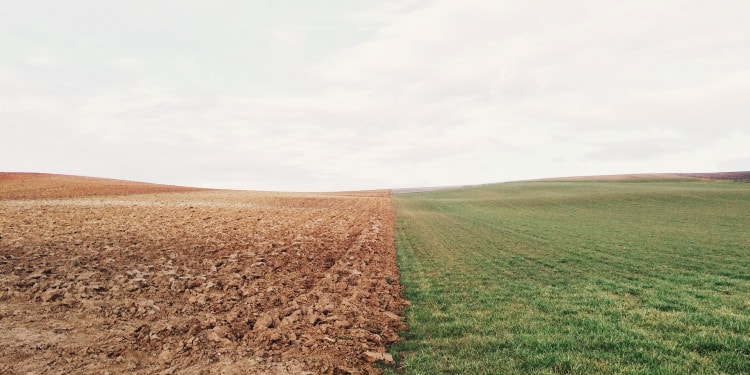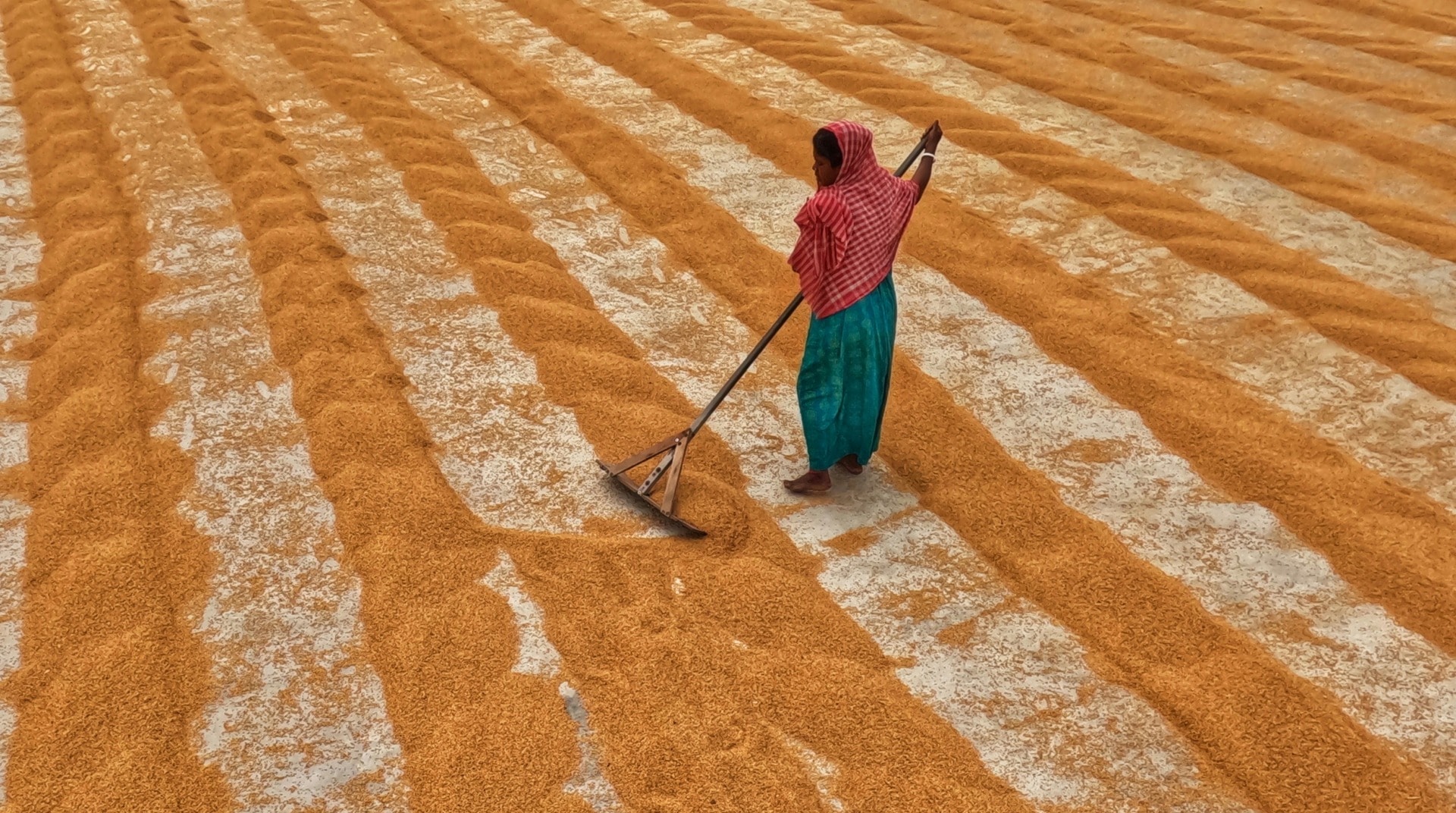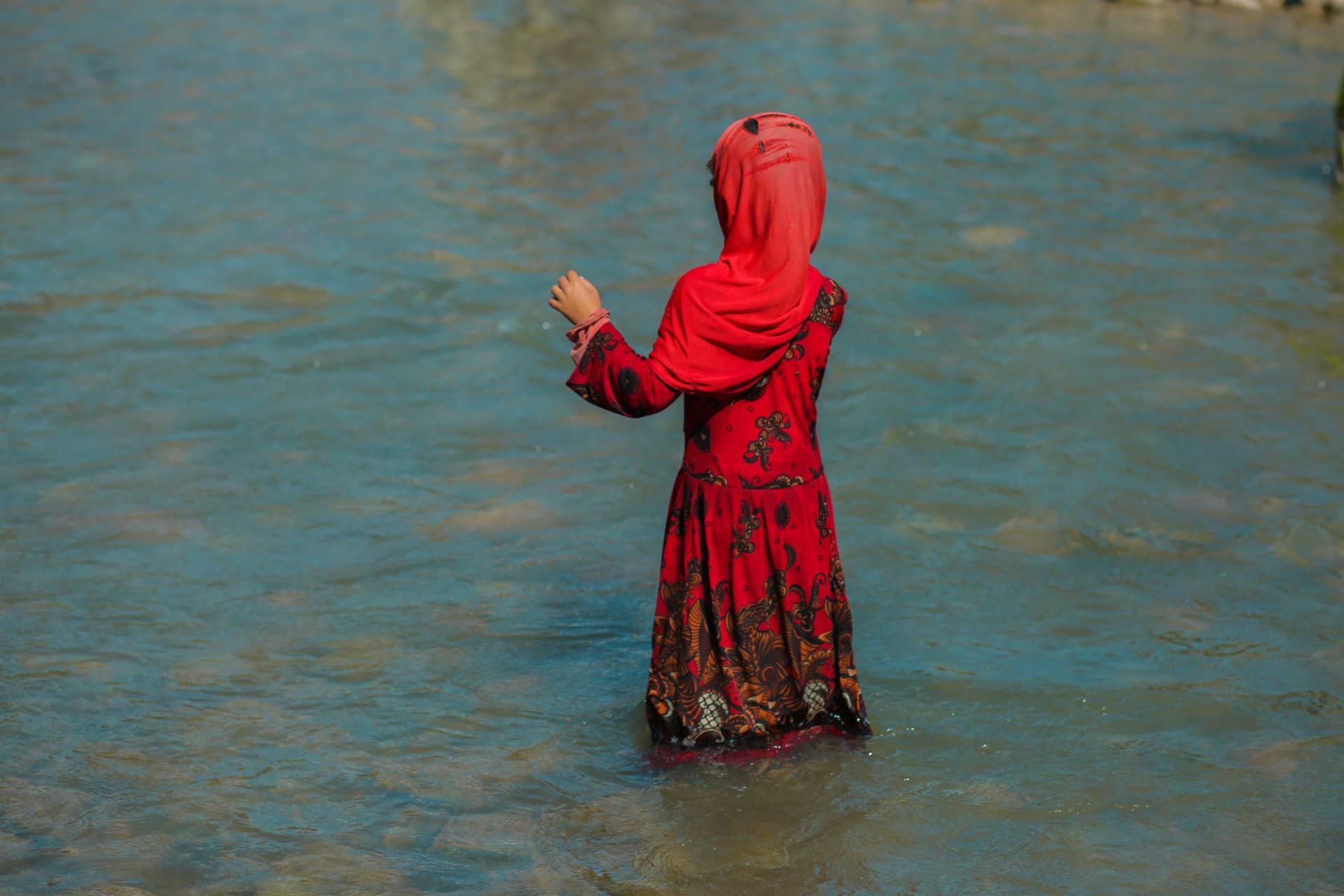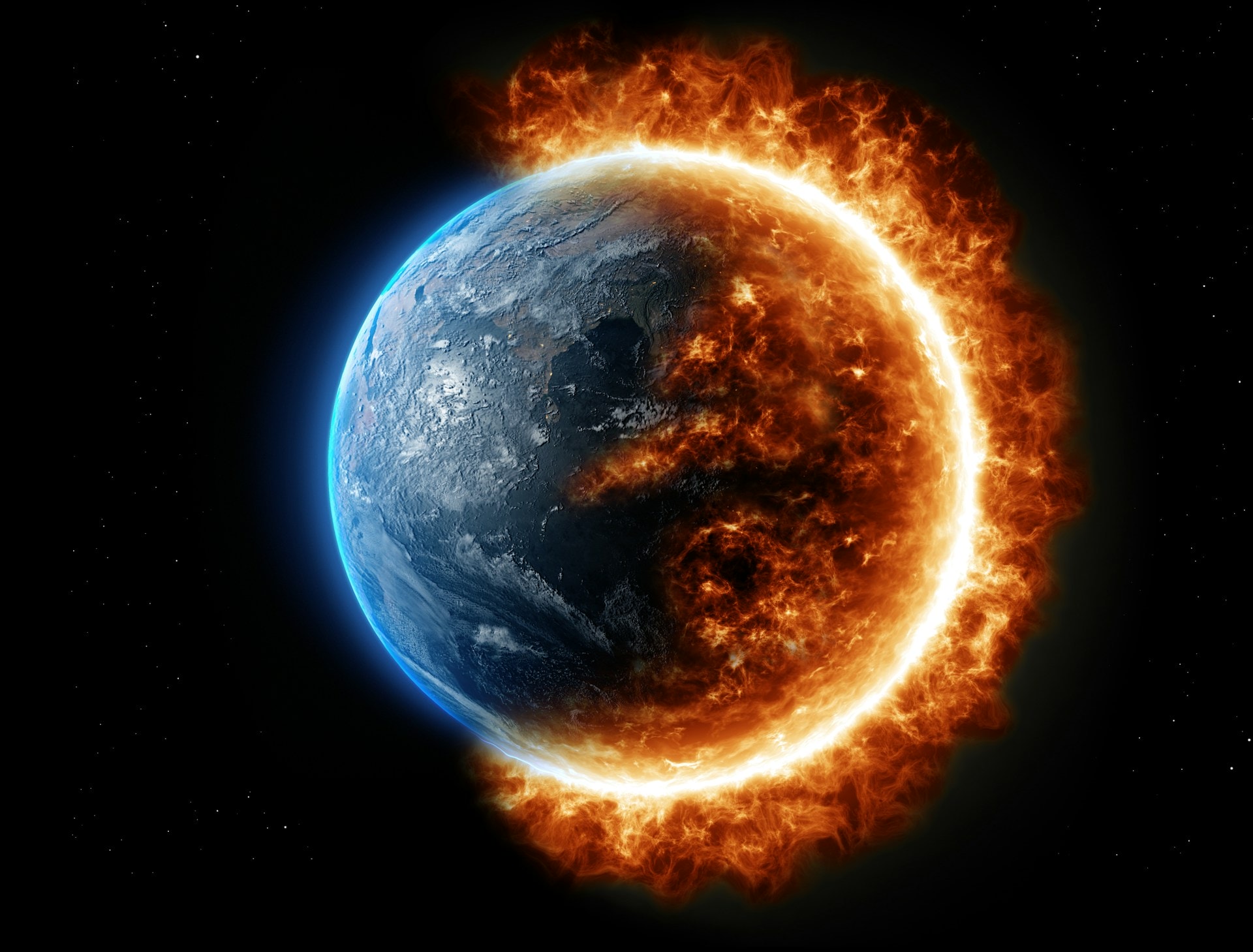I work in climate resilience. And, when I tell people that, the next question they tend to ask is, “What is climate resilience?”
It’s a fair question, and it deserves a fair answer.
Let’s start with the facts, which I will state in simple, unambiguous terms. Climate change is real, it’s happening, and its impacts—which are already barking up humanity’s front doorstep—will continue to increase in likelihood and severity in the future.
The U.S. National Aeronautics and Space Administration (NASA) has been researching Earth science since before the 1970s and has collected a treasure trove of data on atmospheric carbon dioxide concentration, average global surface temperatures, mean sea-level rise, Arctic sea ice mass, and Antarctic land ice mass.
All signs point to changing patterns in Earth’s systems that are occurring at a rate not experienced prior to the advent of human beings.
Other research outside of that done by NASA further reveals profound changes on our planet. Globally, species are becoming extinct at a rate at least 1,000 times faster than the background extinction rate. Droughts are becoming both more severe and more persistent—Syria, India, and certain areas of the United States (including my home state of Colorado) know that. Extreme weather events are aggravating coastlines not only in North America and the Caribbean—as this past year’s hurricane season showed—but also around the world in places like Japan, Bangladesh, and the Philippines.
Climate change is indeed occurring, the evidence is piling up, and we need to prepare for its impacts. Resilience is one way of thinking about how to do that.
The concept of resilience originally comes from engineering and initially referred to solid materials’ ability to undergo external stress without breaking or losing functionality.
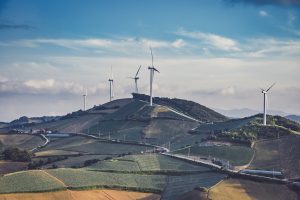
IN THE PHOTO: Wind turbines in Pyeongchang-gun, South Korea. US CREDIT: Taz B. K. on Unsplash
But today, the concept of resilience proliferates in fields as disparate as psychology and information technology, as far-flung as ecology and business. There are probably hundreds of definitions of resilience in existence, and the term itself connotes shades of meaning outside its numerous denotative spotlights. In fact, some claim that because the term means so much to so many, it actually means nothing at all—or, at least, nothing concrete—but I’ll get to that criticism later.
In terms of climate change, resilience means strengthening the ability of human and non-human systems to withstand and respond to changes in the earth’s climate, and it can be thought of as a way to bridge the conceptual divide between mitigation approaches to climate change on the one hand and adaptation approaches on the other. (The formal, Intergovernmental Panel on Climate Change (IPCC) definition of resilience is the “capacity of social, economic, and environmental systems to cope with a hazardous event or trend or disturbance, responding or reorganizing in ways that maintain their essential function, identity, and structure, while also maintaining the capacity for adaptation, learning, and transformation.”)
Before we even consider climate resilience, let’s consider mitigation and adaptation.
On the one hand, mitigation proponents argue that, to address climate change, we have to cut greenhouse gas emissions—big time. The UN Environment Programme defines climate change mitigation as a constellation of “efforts to reduce or prevent emission of greenhouse gases.”
The latest IPCC report on “Mitigation of Climate Change” argues that, to avoid the gravest effects of a changing climate, humanity needs to limit the average global surface temperature to 2ºC above pre-industrial levels, but preferably 1.5ºC. In order to do that, scientific estimates in 2013 suggested that we need to cut our greenhouse gas emissions over 50 percent by 2050, lest we face serious risks, including more intense storms, droughts, and heat waves, all of which pose looming threats to human civilization and the environment.
On the other hand, adaptation acknowledges that, even if we immediately cut our carbon emissions altogether, the atmospheric concentration of carbon dioxide and other greenhouse gases would remain well above normal levels for years and potentially decades to come, meaning that we need to adapt to a changing climate. But adaptation isn’t just about escaping climate change. In addition to “adjustment[s] in natural or human systems to a new or changing environment,” the Third National Climate Assessment says adaptation measures can exploit “beneficial opportunities or [moderate] negative effects” associated with climate change.
In 2017, scientists released estimates of the impact of climate change on six sectors of the U.S. economy. Never mind the impact on other sectors, never mind the impact on other human systems beyond the economy, and never mind the impact on ecosystems and the non-human environment. They found that every one degree Celsius of warming ended up “costing roughly 1.2% of gross domestic product” on average.
Other research may suggest that, modelled differently, this is actually an underestimation, but let’s leave that aside. Importantly, “the poorest third of [U.S.] counties are projected to experience damages between 2 and 20 percent of county income” by the late 21st century. So, clearly we need to adapt to life in a changing climate, or else we risk serious economic damage.

IN THE PHOTO: Factory Chimney Smoke. US CREDIT: veeterzy on Unsplash
Adaptation approaches vary based on geography, time, funding resources, levels of political support, and dozens of other factors. There is no one-size-fits-all approach to adaptation. However, examples include doing things like raising seawalls and levees to protect against more intense storms; or, preserving and restoring mangrove forests and coral reefs; or, providing early warning systems for wildfires and rapid onset droughts.
The key among these and other examples of adaptation lies in addressing the effects and impacts of climate change rather than its causes.
Although resilience and adaptation both “encompass processes of change,” with arguably variable effects on people’s response to climate change, resilience recognizes that mitigation and adaptation are two sides of the same coin. The steps we take to mitigate emissions today can make the adaptation measures we pursue tomorrow that much better at withstanding climate change impacts. Additionally, certain adaptation strategies can serve the dual function of reducing our emissions.
We will need both mitigation and adaptation to surmount the enormous challenge of climate change.
Most definitions of resilience—whether given by the IPCC, the Third National Climate Assessment, or even President Obama—characterise it as an “ability” or a “capacity” or a “capability.” Yet conceiving of resilience as a capability (as opposed to a process, for example) does not necessarily imply its inherent presence in systems, networks, or structures.
Systems’ resilience capacity is a function of three factors: hazard, exposure, and vulnerability. In other words, the extent to which systems can withstand and recover from climate change impacts depends on the severity of a given hazard, the likelihood that the hazard will affect the system, and the vulnerability of the system assuming it’s fully exposed to the hazard.
Because systems’ resilience capacity is not inherent to their makeup, it is never possible to be fully resilient to climate change impacts. However, narrowing the gap between present resilience capacity and the resilience capacity needed to prepare for future climate change impacts can and must consist of both adaptation measures that reduce exposure and vulnerability, as well as greenhouse gas mitigation to “slow the pace at which [hazards] grow more severe or more common over time.”
Thinking of resilience as a capacity built through different practices can gives individuals, communities, and even governments flexibility in deciding which measures make the most sense for building their resilience to the specific impacts of climate change they face.
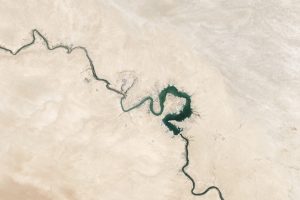
IN THE PHOTO: Snake rivers in Qadisiyah, Baghdad, Iraq. US CREDIT: NASA on Unsplash
Resilience also furnishes at least two important political benefits.
First, it can break climate change down into its smaller component parts, thereby making adaptation more manageable at local levels. In the early days of climate change activism, mitigation took central stage as campaigners sought to avoid giving “the impression that we could adapt our way out of the problem.”
The problem with this, as Anthony Leiserowitz—director of the Yale Program on Climate Change Communication—articulates, is that mitigation is “fundamentally a global conversation.” It requires individuals to recognize that their emissions give rise to consequences all the way on the other side of the world. It further requires those individuals to take active steps to reduce their emissions along with that recognition.
Moreover, the impacts of climate change vary across time and space, meaning different communities face different climate change impacts for which they need to adapt. The adaptation needs of New York City, for instance, differ immensely from those of Colorado’s front range, which in turn differ from other areas of the world.
Resilience breaks the mammoth of climate change into locally manageable tasks such as reducing increased flood risk due to sea-level rise or preparing agricultural markets for longer droughts due to higher temperatures. Resilience underscores the specific impacts of climate change for individual communities.
Second, casting the issue in terms of resilience helps solicit support from politicians fearful of the effects of climate change but doubtful of their manmade causes.
According to U.S. Senator Brian Schatz (D-HI), Democrats “can get a fair amount of bipartisanship if [they] talk about severe weather and resiliency,” rather than climate change, a phrase which some see as “being too politically loaded.” Eli Lehrer, president of the libertarian R Street Institute says resilience is “a mom-and-apple-pie issue. How could anybody say, ‘It’s a bad idea to make people safer against extreme weather’?”
Thus, politicians that doubt or remain willfully ignorant of the anthropogenic causes of climate change can still support resilience measures designed to address climate change impacts.

IN THE PHOTO: Protests in Washington. US CREDIT: The Climate Reality Project on Unsplash
Don’t just take my word for it—climate leaders in the U.S. both locally and nationally agree. Trammell Crow, the Republican founder of Earth Day Texas, said in 2017, “The best way to communicate with those minds-made-up climate deniers is not to talk about climate change but air quality.” Lynn Scarlett, a former official in Republican President George W. Bush’s Interior Department and former President of the libertarian Reason Foundation, notes, “You can drive forward a lot of solutions under the banners of clean energy, energy reliability, energy efficiency, and not have to grapple with ‘climate change’ as a word.”
We will have to explicitly acknowledge the problem of climate change in the future. But, for now, some climate leaders in the U.S. are adapting to climate change precisely by not talking about climate change.
Still, some cite resilience as a buzzword with no concrete definition, scale, or articulate meaning. Because the term means so much to so many different people in such diverse contexts, it actually means nothing at all, they claim.
Resilience may indeed be in its infancy and therefore lacking the sharpest definition. However, this critique wrongly assumes that standard units of measurement would naturally follow from “an agreed working definition” of resilience. Quite to the contrary, the adaptation measures needed to build resilience to climate change impacts like tropical cyclone intensification radically differ from those needed to build resilience to other effects like the escalating risk from wildfires.
How do you avoid implicitly privileging certain adaptation approaches as correctly building resilience while not punishing others? How would a universal measure of resilience account for communities that face multiple types of climate risks that require varied adaptation responses? How would you scale this up to a municipal, provincial, or national level given that some geopolitical zones are so vast they encompass several different climates and face a suite of climate risks that vary wildly according to the spatiotemporal context of their occurrence? It’s rather easy to critique resilience for what it hasn’t done, but it’s a great deal harder to present effective alternatives.
I’ll close with a cautionary message. U.S. President Donald Trump’s administration, which effectively banned the phrase climate change from the Department of Agriculture, Environmental Protection Agency, and Department of Energy, recently began replacing “climate change” with “resilience.”
It’s hard to believe Trump will take any meaningful action either on the mitigation or adaptation side of the resilience equation, but his lexical switch underscores an important point. Resilience is a tool for understanding how to respond to climate change, just the same as any other in the field. Its effectiveness depends not only on the meaning of resilience, but also on how we employ that meaning in broader social and political contexts.
Resilience is not and must never become a veneer used by unscrupulous demagogues to gloss over the very real existence of climate change.

IN THE PHOTO: Icebergs of Iceland’s Vatnajokull. US CREDIT: Anders Jildént on Unsplash
If you’re interested in resilience and want to learn more about the issue, check out the latest issue of the Bulletin of the Atomic Scientists, which focuses specifically on resilience.
Editors note: The opinions expressed here by Impakter.com columnists are their own, not those of Impakter.com


